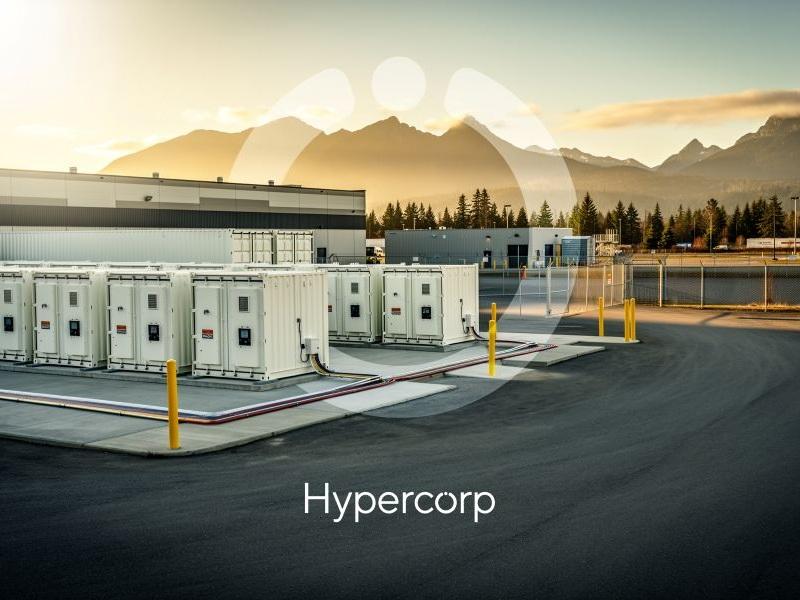GUEST SUBMISSION: Sustainability isn’t just an add‑on — it’s the story a brand must live and tell. Yet far too often, brands bury their impact in raw data or vague claims.
Successful sustainability storytelling requires more: it must align purpose with profit, weave facts into compelling narratives, and center on real human experiences.
Anchor the brand in purpose and profit
Profit and purpose are not opposing forces — they must work together. Today, sustainability resonates deeply with consumers and investors. Consider that:
- Nielsen data shows sustainable products grow 2.7 times faster than conventional ones.
- Between 66 and 73 per cent of younger consumers are willing to pay a premium for sustainable options.
- Ninety-two per cent of consumers say environmental and social responsibility builds brand trust.
These stats, however, are not enough on their own. Most brands define their triple bottom line — people, planet, profit — and embed sustainability into every stage of their product lifecycle and brand narrative.
Before sharing these stories with the world, brands that excel in this space focus first on aligning their internal teams around a shared purpose. That internal cohesion is what powers every story they tell.
Transform reports into narratives
Sustainability reporting can easily overwhelm audiences with complex data and technical details. Brands that communicate effectively know how to turn that data into stories that stick.
Successful sustainability storytelling often follows a narrative framework: starting with a challenge (for example, reducing plastic use by 50 per cent), highlighting the journey (such as innovating compostable packaging and scaling the solution) and ending with meaningful results. The key is tying the numbers to real-world impact.
For example, stating "20 million litres of water were saved" is far more powerful when a brand explains whose water, in which community, and what that meant for the people affected — farmers, families and workers.
Audiences also appreciate honesty. Brands that openly share both milestones and struggles build deeper trust. Patagonia’s famous “Don’t Buy This Jacket” campaign is a prime example. It resonated because it admitted the company’s own imperfections and encouraged mindful consumption.
This approach turns data points into story arcs that invite people in, help them see themselves in the journey and foster long-term emotional connections.
Use real people as protagonists
While data provides credibility, human stories create connection. Effective sustainability storytelling puts real people at the centre:
- Employees on the front lines: For example, an office manager who transformed her organization’s recycling program and inspired all the other businesses in the building to follow suit.
- Local community partners: Such as a farmer in Colombia who used income from sustainable cocoa to build a school.
- Customers whose lives changed: Like a parent who chose a plastic-free diaper subscription to reduce their family’s footprint.
These individuals become the heroes of the sustainability story. Drawing on classic storytelling frameworks like the hero’s journey, brands can show conflict, transformation and return.
When stories feature vivid visuals and authentic voices from these protagonists, they build emotional resonance, trust and loyalty.
Balance transparency with accessibility
Credible sustainability stories embrace hard truths, tracking setbacks and trade-offs as well as progress.
Leading brands:
- Provide full visibility: Publishing sustainability reports backed by independent audits and third-party assessments when possible.
- Avoid jargon and greenwashing: Instead of using vague eco-terms, they provide clear, concrete examples — like "We reduced water use by 30 per cent by switching to low-flow spray nozzles." Examples like this help everyone understand and demonstrate that you do too.
- Embed proof across all channels: From product labels to social posts, every claim is supported by traceable sources, third-party certifications and easily accessible documentation. Show your work! Bill C-59 will make this increasingly important for even the best intentioned storytellers.
This level of authenticity is critical, especially in an era where eco-savvy consumers and regulators can quickly spot empty claims.
Bring the story to life across touchpoints
Sustainability storytelling should extend beyond annual reports. Brands that lead in this space bring their story to life across multiple platforms:
- Digital campaigns: Video series featuring employees and real impact stories, optimized for channels like LinkedIn and Instagram.
- Influencer and partner storytelling: Collaborations with ethical influencers who can share the story authentically.
- Internal storytelling: Regular employee updates on sustainability wins and challenges, which strengthen company culture and turn staff into brand ambassadors.
When brands layer these touchpoints and tailor content to each audience, they create a cohesive sustainability narrative that builds both rational credibility and emotional connection.
A story worth living
In a world where greenwashing is quickly called out, telling a brand’s sustainability story requires more than words. It demands purpose-driven alignment, narrative discipline, a human-centred approach and uncompromising transparency.
Brands that do this well transform themselves from simple product or service providers into the kind of change-makers people genuinely want to support. When sustainability is woven into everyday business decisions, backed by data, and told through the voices of the people it touches, the story resonates.
The most powerful sustainability stories are those that can be believed, proven and lived — by the brand, its employees and its customers. That’s how trust is earned, loyalty is built and brands endure.










